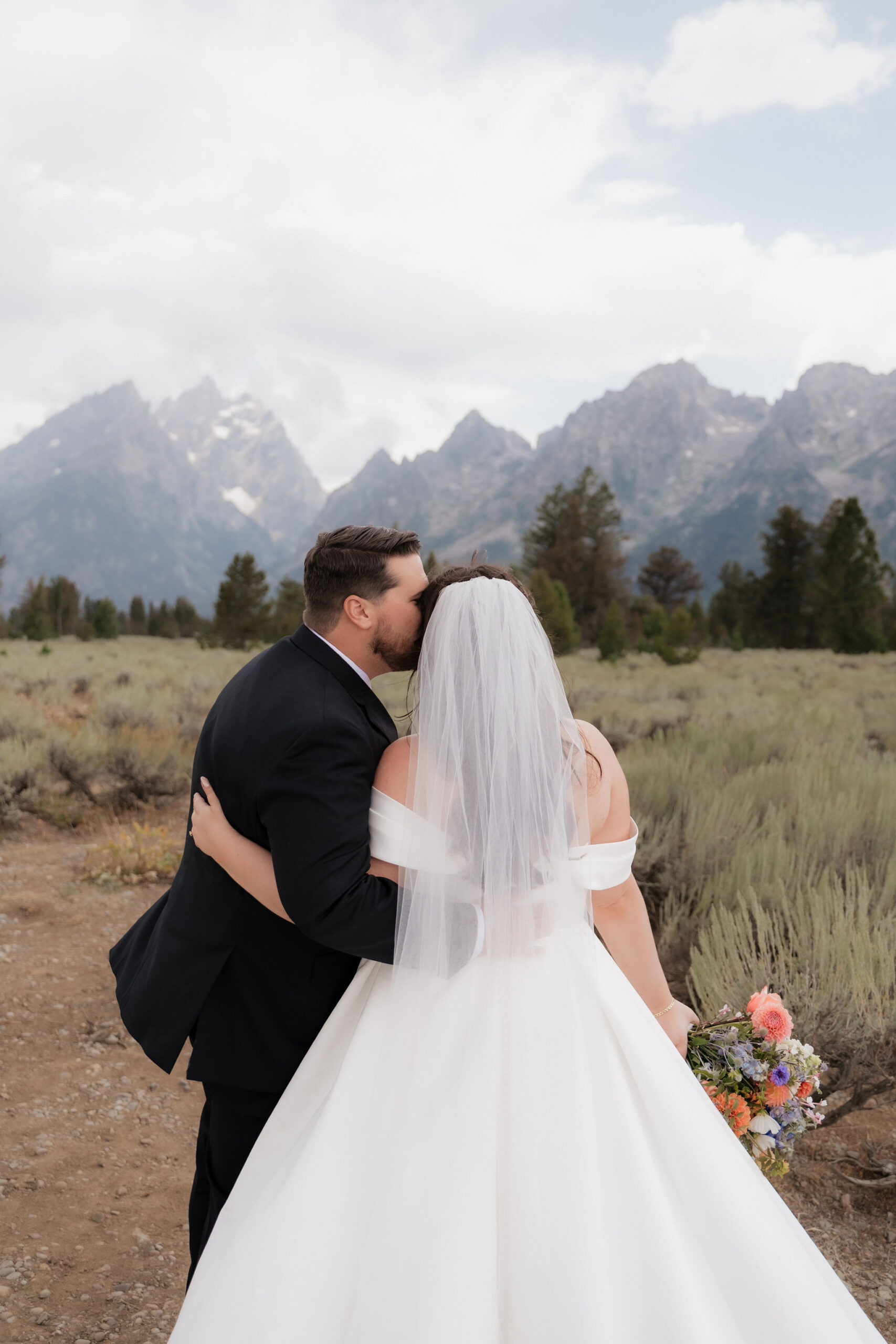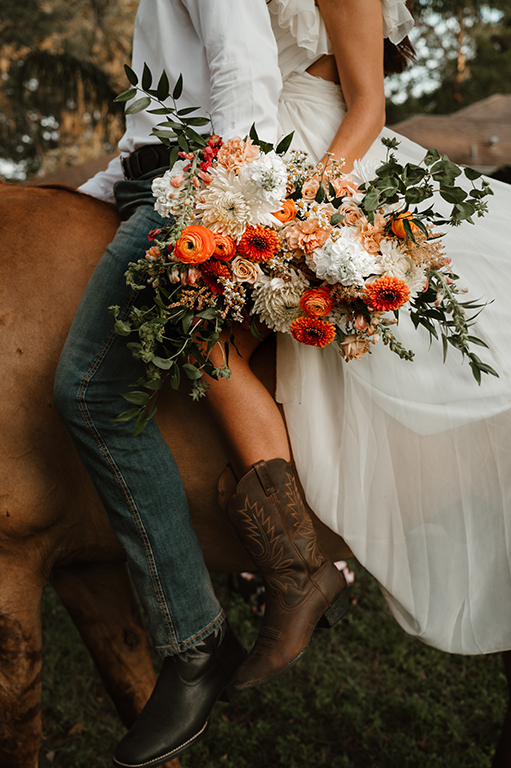Adventure elopements are gaining popularity as couples seek intimate, unique, and eco-friendly ways to celebrate their love. As a photographer, capturing these special moments in pristine natural settings requires a deep respect for the environment and adherence to Leave No Trace principles. This comprehensive guide will cover every detail you need to plan and execute a leave no trace adventure elopement, ensuring you preserve the beauty of nature for future generations. If sustainability is your focus, these free Colorado elopement spots let you celebrate while treading lightly.

Understanding Leave No Trace Principles
The Leave No Trace (LNT) principles are a set of guidelines designed to minimize human impact on the environment. Here’s an in-depth look at the seven principles and how they apply to elopements:
- Plan Ahead and Prepare
- Research and choose a location that allows elopements and is suitable for small gatherings.
- Obtain all necessary permits and familiarize yourself with local regulations.
- Plan for varying weather conditions and have contingency plans in place.
- Travel and Camp on Durable Surfaces
- Stick to established trails and campsites to avoid damaging vegetation.
- Use durable surfaces like rock, gravel, and dry grass to set up ceremony sites and photo locations.
- Dispose of Waste Properly
- Pack out all trash, including food waste, wrappers, and biodegradable items.
- Use designated restroom facilities or pack out human waste if facilities are not available.
- Leave What You Find
- Avoid picking flowers, disturbing rocks, or altering the landscape in any way.
- Leave natural objects and cultural artifacts undisturbed for others to enjoy.
- Minimize Campfire Impact
- Use a portable stove for cooking instead of a campfire.
- If fires are permitted, use established fire rings and keep fires small. Ensure the fire is completely extinguished before leaving.
- Respect Wildlife
- Observe wildlife from a distance and avoid feeding or approaching animals.
- Store food securely and dispose of waste properly to prevent attracting wildlife.
- Be Considerate of Other Visitors
- Keep noise levels down and respect the experience of other visitors.
- Yield to other users on trails and be courteous in shared spaces.
Choosing the Perfect Location
Research and Permits for Your Adventure Elopement
National Parks
- Yosemite National Park: Renowned for its stunning granite cliffs, waterfalls, and ancient sequoias, Yosemite offers various locations for elopements, from Glacier Point to the serene meadows of Tuolumne.
- Zion National Park: With its towering red cliffs and emerald pools, Zion provides dramatic backdrops. The park requires permits for weddings and has specific guidelines to follow.
- Rocky Mountain National Park: This park offers breathtaking alpine scenery and diverse wildlife. Popular spots include Sprague Lake and Moraine Park.
This Grand Teton elopement example shows what happens when you embrace the weather and go with the flow.
State Parks
- Custer State Park (South Dakota): Known for its scenic drives, abundant wildlife, and striking landscapes, this park offers various picturesque locations for elopements.
- Deception Pass State Park (Washington): With its rugged cliffs, lush forests, and serene beaches, this park is perfect for an intimate, nature-focused ceremony.
Hidden Gems
- Bisti/De-Na-Zin Wilderness (New Mexico): A remote and otherworldly landscape with bizarre rock formations and striking desert scenery, perfect for an off-the-beaten-path elopement.
- Great Sand Dunes National Park (Colorado): Home to the tallest sand dunes in North America, this park offers a unique and surreal backdrop for an elopement.
Permits and Regulations
- Permits: Each location will have different permit requirements. National parks often require both a wedding permit and a special use permit for photography. State parks may have simpler requirements but always check well in advance.
- Regulations: Familiarize yourself with the specific rules of your chosen location. Some areas may have restrictions on group sizes, noise levels, and decorations.
Planning Your Leave No Trace Adventure Elopement
Timing and Season
- Seasonal Considerations: Consider the best time of year for your chosen location. Spring and fall often offer the most temperate weather and stunning natural displays like wildflowers and fall foliage.
- Day of the Week: Weekdays are less crowded than weekends, providing a more private experience. Consider early morning or late afternoon ceremonies to take advantage of the golden hour light and avoid peak visitor times.
Guest List
- Keep it Small: Limit your guest list to immediate family and a few close friends to minimize environmental impact. This also enhances the intimacy of the experience.
- If you’re including your pup, this guide shows how to keep them safe and happy while practicing Leave No Trace.
Pack Essentials
- Eco-Friendly Gear: Choose biodegradable toiletries, reusable water bottles, and sustainable clothing options. Brands like Patagonia, REI, and Tentree offer eco-friendly outdoor gear.
- Leave No Trace Kit: Pack a kit that includes trash bags, a small trowel for digging cat holes, eco-friendly soap, and a compact first aid kit.
Detailed Packing List
- Clothing: Weather-appropriate layers, hiking boots, wedding attire (consider practical options that can handle outdoor conditions).
- Food and Water: Pack enough food and water for the entire day. Use reusable containers and utensils.
- Safety Gear: Maps, GPS device, headlamps, and a portable phone charger.
- Photography Equipment: Lightweight camera gear, extra batteries, memory cards, tripod, and protective cases for all equipment.
Leave No Trace Ceremony
Officiant and Vows
- Local Officiant: Hire a local officiant who understands the importance of leave no trace principles. They can also provide valuable insights into the best practices for the location.
- Personal Vows: Encourage the couple to write vows that reflect their commitment to each other and the environment. This personal touch adds depth to the ceremony and aligns with the leave no trace ethos.
Decor and Setup
- Natural Decor: Use natural elements like stones, leaves, and wildflowers (without picking them) for decor. Consider biodegradable confetti made from dried flowers or leaves.
- No Trace Setup: Avoid using items that can leave a mark on the environment, such as confetti or balloons. Instead, use reusable or biodegradable decorations.
Ceremony Ideas
- Circular Ceremony Setup: Arrange seating or standing positions in a circular formation to create an intimate and inclusive atmosphere.
- Nature-Inspired Rituals: Incorporate nature-inspired rituals like planting a tree, creating a cairn, or using water from a nearby stream in the ceremony.
Clean Up
- Leave No Trace: Ensure all trash is collected and packed out. Double-check the area for any forgotten items. Encourage guests to participate in the clean-up process.
- Pack Out All Gear: Ensure all equipment, decorations, and personal items are packed out and the area is left as it was found.
Planning a leave no trace adventure elopement requires thoughtful preparation and a deep respect for the environment. As a photographer, you play a crucial role in ensuring that these special moments are captured without compromising the natural beauty of the location. By following the guidelines and principles outlined in this guide, you can create unforgettable memories while preserving the environment for future generations. If you love misty mountain mornings, this Smoky Mountains elopement guide will inspire your next adventure.
Additional Resources
- Leave No Trace Center for Outdoor Ethics: lnt.org
- National Park Service Permits: nps.gov
- Eco-Friendly Wedding Supplies: greenweddingshoes.com
- Outdoor Gear Retailers: patagonia.com, rei.com, tentree.com
By embracing the Leave No Trace principles and incorporating them into every aspect of your adventure elopement, you can ensure that your special day is not only memorable but also environmentally responsible. Happy planning and capturing those beautiful, sustainable moments! Photographers play a huge role in conservation, here’s a Leave No Trace photography guide to inspire sustainable storytelling.
If you have questions about Leave No Trace, reach out to me and I’m happy to answer them!
Hi! I'm emily!
i'm a traveling wedding & elopement photographer specializing in digital & 35mm film capturing adventurous, passionate, madly in love couples


